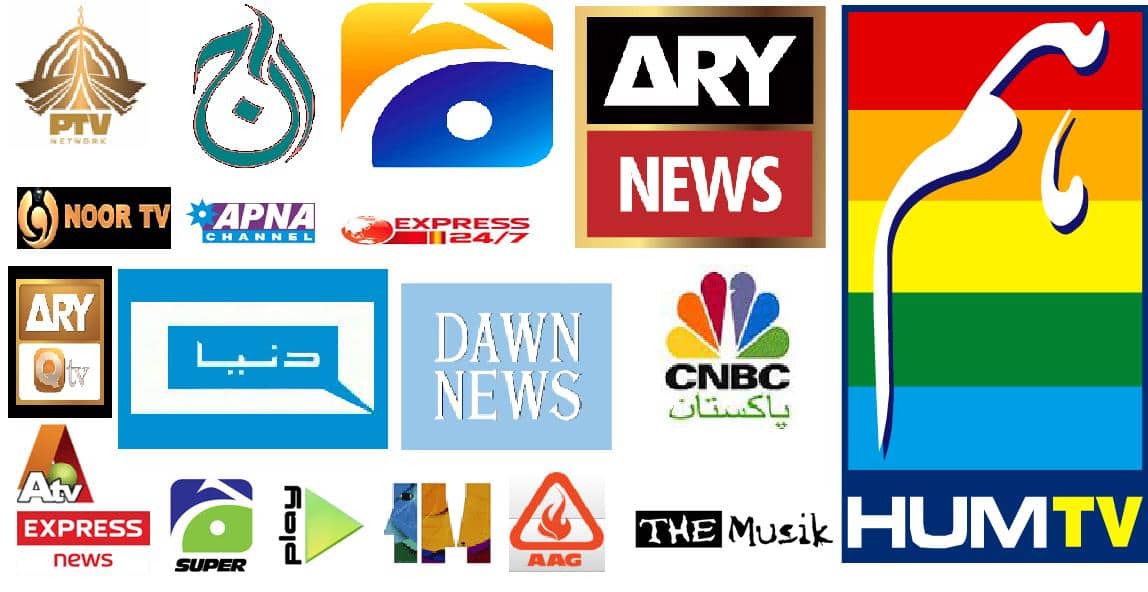The history of Pakistani drama is as old as our first television channel PTV, which was founded in 1964. Since, at that time PTV was the only television channel, it had a huge responsibility on its shoulder to telecast both news and entertainment programs. Fortunately, the channel has fulfilled its duty most efficiently. It has served as a wholesome platform for different types of programs starting from dramas, telefilms, talk shows, news to cartoons and other children programs. This was the time when television was honest, humble and classy. Particularly, if we talk about Pakistani dramas, it has proved its worth even in limited resources and have broadcast few masterpieces that are remembered by generations and have earned global recognition.
Then it came the time when our television started to get more business oriented and commercialized resulting in end of PTV monopoly. Different channels were introduced to our television for transmission of news and entertainment programs. With the passage of time some more channels came to life as a subdivision of existing ones. For example, channels, exclusively for sports, music, food, drama etc. This has highly benefitted the audience since viewers can be more selective in watching the programs of their choice.
Commercialization has also brought the economic prosperity to television. Channels are now earning through advertisements and paid programing. In return it has also given advantage to the people working for them. Growing number of channels have not only increased the number of opportunities for artists but have also given them financial security. They can now earn more through television in comparison to past. However, increasing number of channels have also affected the quality of work produced. Since, greater number of programs are now required to nourish the channels, some ordinary programs of unnecessary formats are also broadcast. In my opinion, this unfavorable effect of commercialization is unavoidable. Since, quality can only be maintained with restricted production of quantity and today huge number of channels cannot abstain from the quantity of work produced.
One of the product of commercialization is establishment of production houses that have brought financial stability to our media resulting in improving the quality of programs. It has also made our programs more technically equipped, glamorous and stylish. We can now also see programs that are shot on beautiful foreign locations. Collaboration with foreign artists and channels have also been made possible in this process. Currently, the production houses are not only supporting our television but also playing an important role in re-establishing our film industry.
On the other hand, commercialization has subsequently resulted in increased competition to get ratings, now media must look for some spicy gossips and should produce programs of controversial formats to get more viewership. Therefore, our contemporary television programs are different from the ones produced previously. Channels are in the battle of gaining TRPs (Television Rating Points) and can reach to any extent to gain them. Morning shows and Ramzan transmissions are the good examples to validate this argument. These programs are stylish and majestic but mostly confrontational. Whereas, the programs that have been produced in old times were more simple, realistic and ethical.
It is said that television is the reflection of one’s society, we cannot deny the fact that the output of our television is in accordance to the demand of society. Today people want to see dazzling programs and fiery talk shows. Therefore, there is no choice but to produce the content which is in demand so that it can be widely watched to meet the challenges of competition and ratings. However, even today there is a niche of audience who still recall some Pakistani dramas and shows which had been broadcast during the time of PTV. Those programs were purely based on the formula of entertainment and public awareness but that idea cannot be implicated today on television. Presently, the layout of our programs has evolved from genuine to debatable ones. In my opinion, there are two major reasons for this change. First is the cumulative challenges of competition and TRP. Secondly, the audience is now more inclined to watch programs that are more glittery and materialistic. Thus, the objective of our television shows has been transformed. However, the first reason mentioned is avoidable and would result in accommodating more creditable shows.
Today, our television is one of those media which is commercially established and prospering. Though, a little effort can be made to produce content that is more conversant. Channels should exhibit more responsibility while broadcasting programs. They should enforce self-regulatory mechanism to minimize the facets of commercialization.
Happy reading!
Ayesha.



